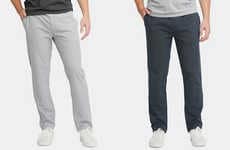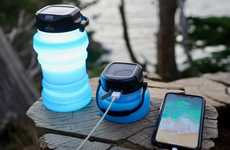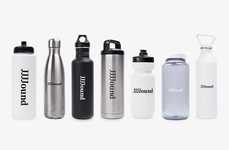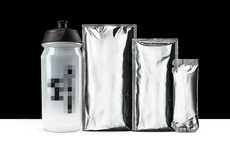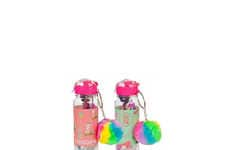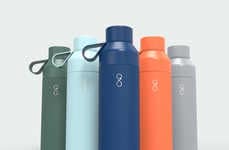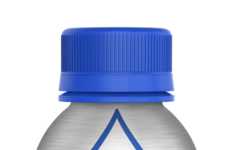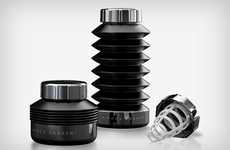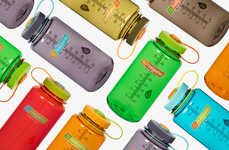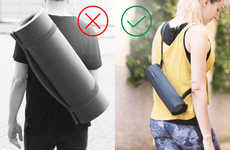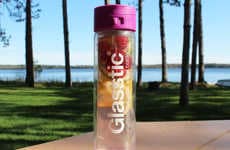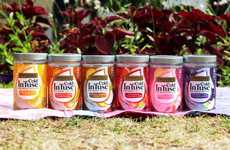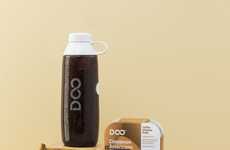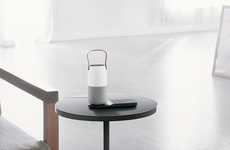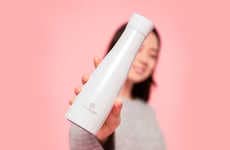
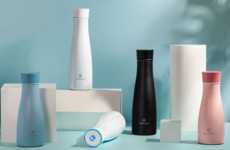

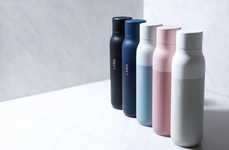
Eco containers adopt self-clean functions for increased sanitation
Trend - As eco-consciousness builds, brands are realizing that sustainable alternatives are not enough. Rather, we’re seeing added functionalities and features that speak to additional consumer needs, including concerns over sanitation and hygiene.
Insight - As eco-friendly product alternatives flood the market, those already accustomed to such adapted routines are looking for additional functional offerings. Not wanting to sacrifice quality, eco-conscious consumers are seeking out products that not only feature a sustainable purpose, but that also tackle elements of automation and self-clean.
Insight - As eco-friendly product alternatives flood the market, those already accustomed to such adapted routines are looking for additional functional offerings. Not wanting to sacrifice quality, eco-conscious consumers are seeking out products that not only feature a sustainable purpose, but that also tackle elements of automation and self-clean.
Workshop Question - How might you experiment with added functionalities to your current product lines? How could you speak to both environmental and health concerns?
Trend Themes
1. Eco-functional Products - As eco-consciousness builds, consumers are seeking out products that not only feature a sustainable purpose but that also tackle elements of automation and self-clean, leading to disruptive innovation opportunities.
2. Self-purifying Systems - The need for self-sanitizing products has increased as people seek new ways to reduce contact with germs and bacteria, creating opportunities for innovative products that purify and clean themselves.
3. Smart Hydration Reminders - Consumers are also looking for smart functional hydration options that are useful for automatically reminding people to drink water every few hours, leading to disruptive innovation opportunities.
Industry Implications
1. Smart Technology - Smart technology plays a significant role in the development of self-sanitizing and functional hydration products, as the integration of tech can enhance the user experience and create exciting new products.
2. Sustainable Materials - The push toward sustainable alternatives has led to the development of eco-functional products, creating an opportunity for businesses to explore new materials and manufacturing techniques to create sustainable products with added functionality.
3. Health & Wellness - The focus on health and wellness has led to consumers seeking products that not only reduce environmental impact but also prioritize hygiene and sanitization for a more holistic approach to their lifestyle, offering disruptive innovation opportunities.





